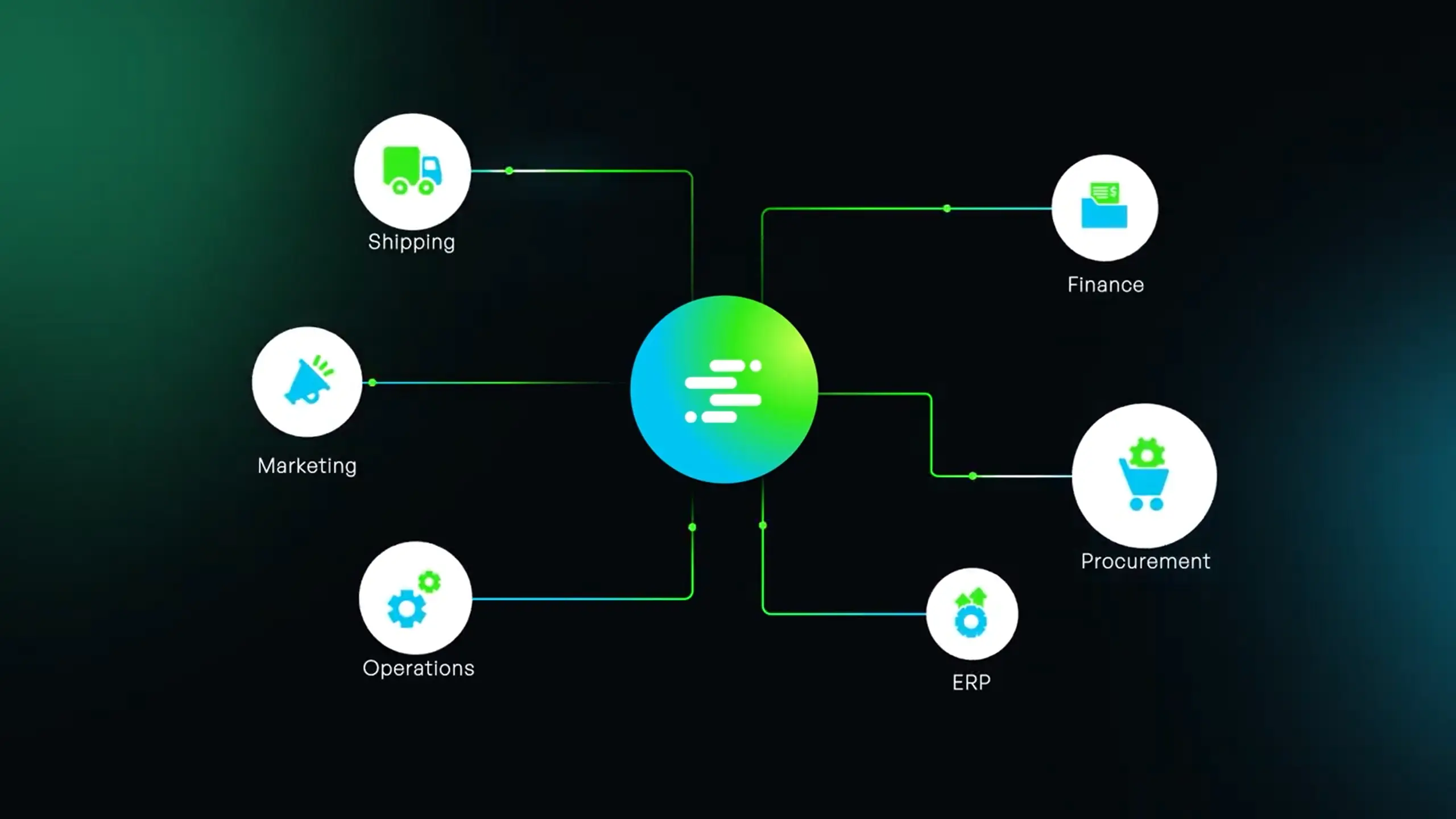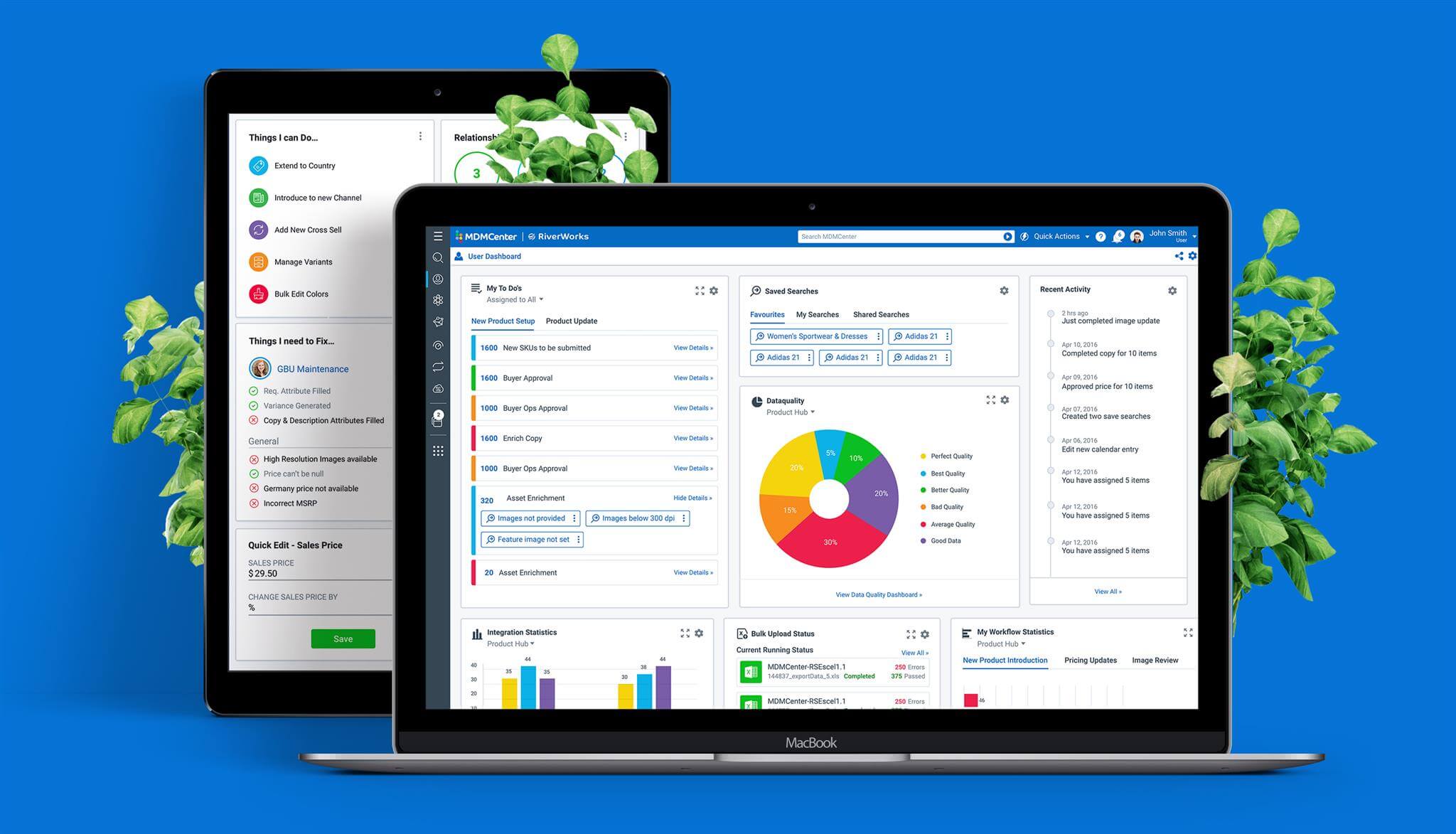As companies make progress along their digital transformation journeys, they quickly realize that the key to success along this journey is data quality. The pursuit of data quality has always relied on data governance executed through Master Data Management (MDM) solutions. With traditional MDM solutions, when businesses are operating in a steady state of affairs, the mere existence of a governance model can make you feel overly confident about the quality of your data even if your workflows and data models are clunky or outdated. The danger from outdated, inflexible governance is not apparent to everyone though; it lurks under the surface, ominously circling closer and closer.
When a company’s situation changes though, (and particularly when it is a rapid change) clunky governance will leave it unable to adapt to the new reality. Ask yourself:
- If there is a merger or acquisition, can your company absorb the data from the other company quickly?
- As you incorporate newer retails partners or brands into your supply chain, are your processes nimble enough to give you freedom to change? If you decide to expand your offerings in response to market conditions, can your systems keep up with the influx of new product lines?
- When you realize that not all product lines are equally profitable, does your system give you the flexibility to optimize the time and energy you spend on cleaning your data across the board?
- As your marketing strategy evolves, will your governance rules for product information be able to evolve with it?
- Will you be able to incorporate frequent changes to your governance rules based on SEO, Dynamic advertising on the one hand, and connecting to newer partners/ retailers/ brands on the other hand?
Frequently, as MDM implementations are carried out, your managers might realize that bottlenecks are popping up. These bottlenecks might arise due to incorrect assessment of the quality of data, varying levels of quality of data from different sources, insufficient skill levels of users, difficulty in sourcing the correct information, attrition, etc. Unfortunately, these issues don’t pop up till after the system is used for a few months. When this happens, are you able to adjust your processes quickly to reduce these bottlenecks?
What does Dynamic Data Governance look like?
Dynamic Data Governance (DDG) is an increasingly popular new approach to data governance involving a set of capabilities that empower businesses to change the governance policies and processes quickly and to accommodate changing business needs with minimal help from the IT organization or their application vendor.
One example of DDG is the ability of the system to handle both Design for Exception (DFE) and Design for Creation (DFC) and selective application of each. Let’s use the example of a retailer to illustrate the difference between the two workflows.
Not all products that a retailer sells need to have the same level of scrutiny when it comes to governance. Some high-margin items like jewelry or handbags need a higher quality of data with manual curation. For these cases, a Design for Creation (DFC) process with manual creation would be applicable, which involves the creation of product, and other domains of, master data with high quality, to achieve higher customer satisfaction and increase sales. On the other hand, low-margin items like a USB charger or a belt might call for a Design for Exception (DFE) process enabled by automation with manual intervention being applied rarely or as an exception. In these cases, speed is of the essence; it is not worth the organization’s time to employ heavy manual scrutiny on each piece of content.
Some other examples to illustrate the difference between the two approaches are as follows:
- When an enterprise on-boards a new customer/contact database and takes the entire data set through a golden record creation process, manual intervention, and remediation workflow should be initiated only for records that do not match the governance policies, that too at a higher threshold. In such cases, enterprises should adopt the DFE methodology. This approach will allow significantly higher throughput for large amounts of data while still maintaining the quality standards where needed.
- For a manufacturer looking to launch new products, DFC methodology helps ensure completeness, correctness, and comprehensiveness of every aspect of product data. This is needed for downstream systems, channels, and partners to be able to process the data correctly.
- For fashion or discount retailers who have shorter product life cycles, large amounts of data need to be processed quickly, whether it is for onboarding new styles or deactivating out-of-stock items. This can be achieved only with a DFE in product data.
- A vendor record creation goes through a rigorous vetting and legal process before the enterprise can start transacting with the entity. DFC will be the right methodology for onboarding a new vendor record.
- In some scenarios, there will arise a need to segment the data based on context, and data in each segment will need to be handled using different approaches. Any customer profile changes to premium customer records will follow the DFC approach, while all other customer profile changes will follow the DFE approach.
As businesses evolve, MDM implementations must evolve with them, or risk being labeled out-of-touch or obsolete. Organizations that want to be able to handle dynamic market conditions need to adopt MDM solutions with DDG capabilities unless they want to get stranded as their competition passes them by.
Contact us to learn more about how Syndigo MDM can use DDG to help you adopt a flexible approach toward governance and enable you to adapt to changing market conditions appropriately.
For more details about the importance and details of DDG, please read the whitepaper – “How Retail Benefits from Dynamic Data Governance”
















 Don't miss out! Subscribe to our blog for updates.
Don't miss out! Subscribe to our blog for updates.